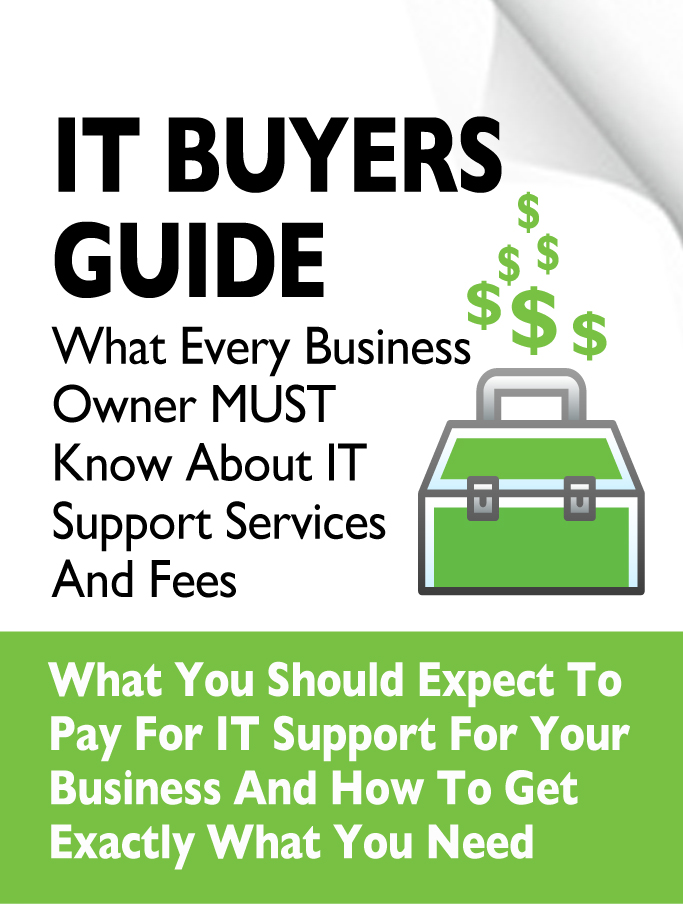 If you have a small business, you understand it takes time for your company to grow, but what shouldn’t take time is your website speed and performance. Clients need instant solutions. That’s tricky when a busy small business owner is already trying to build brand awareness or forge strong customer relationships.
If you have a small business, you understand it takes time for your company to grow, but what shouldn’t take time is your website speed and performance. Clients need instant solutions. That’s tricky when a busy small business owner is already trying to build brand awareness or forge strong customer relationships.
Is your website showcasing your brand’s unique selling points well? Suppose something makes you stand out from other businesses, small and large. Does your site load the related images fast enough to tell your customers the story?
Improving your business website’s efficiency optimizes your online presence, increases customer engagement, and elevates the whole experience.
Increasing Speed and Performance Leads to Higher Rankings
Search engines like Google dedicate themselves to providing users with the best experience possible. First, its ranking system loads the most relevant web pages, depending on the search. That way, users spend less time searching for the information or services they need.
Countless companies now have landing pages, blog posts, and other online sources that give people what they need. Suppose you’re wondering how to stop a leaky faucet or looking for someone to fix it. In that case, the search engine will use your location to uncover local plumbers and their pages with similar keywords. Focus your business website on user-friendliness, and you’ll climb these rankings, but how does website speed and performance come into it?
One of the algorithm’s classic SEO ranking factors assesses your web page’s load speed and general performance while maneuvering the company’s site. If you want to rank high on the first results page, your page should load in under three seconds.
Website Efficiency Woos Potential Customers
Do potential customers find your page? Then what?
The site’s speed and performance are key for the following reasons:
Reducing Bounce Rates
Statistica points out that of viewers waiting five seconds for a page to load, about 28% of them hit the back button to return to the SERPs page and look for local competitors. Waiting for six seconds or more drives away 26%, increasing bounce rates. Your search ranking falls.
In this digital era, attention spans are shorter, so waiting more than a few seconds results in user dissatisfaction.
Increasing Engagement and Making Sales
Since speed affects user experience, a fast load time means they’ll have more time to review your brand’s content.
You affect conversion rates by ensuring an optimal environment with faster website speed and performance. From purchasing to signing up for an email newsletter, faster-loading content is more engaging and easier to navigate.
The Final Word for Your Small Business Website
So, how is your small business doing in the race to the top of the search results? If you want a spot on the podium, it’s time to get your website speed and performance on board.



